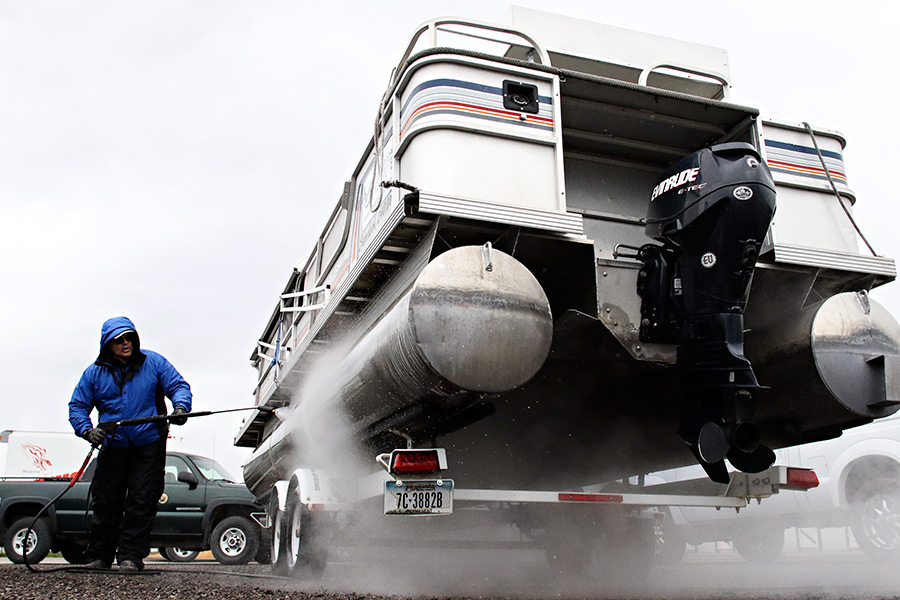The state of Montana has hired its first bureau chief to oversee the prevention, detection and control of aquatic invasive species.
In an effort to combat the spread of harmful aquatic mussels that were discovered last fall in the state, the Montana Department of Fish, Wildlife and Parks has created a new bureau that will be helmed by Thomas Woolf, a former aquatic program manager in Idaho.
Woolf is slated to take over the bureau by the middle of May, according to FWP Spokesperson Greg Lemon.
Woolf is bringing an extensive background with him, having devoted a large portion of his career to invasive species. He attended Minnesota State University, Mankato from 2000-2003 and received a master of science degree in environmental science with an emphasis on invasive species’ impacts on aquatic ecosystems. He joined the Idaho State Department of Agriculture in 2007 and worked there until now, serving as the aquatic invasive species program manager. When he started in Idaho, he led the program overseeing detection and prevention of Eurasian watermilfoil, a noxious weed.
Woolf is credited with leading Idaho’s AIS management program, which includes a lineup of inspection stations.
In 2015, he was inducted into the Idaho Weed Control Association Hall of Fame, and its description of him said, “In 2008, when the Zebra/Quagga Mussel came on the radar, Tom once again jumped in with both feet. He was out promoting the impact these would have on our environment and to our way of living here in Idaho and he has not stopped. He is still in the middle by either running his boat station crews in Northern Idaho, taking surveys, or talking with people. Since Tom has been in Idaho, he has always kept the attitude ‘WHAT IS BEST FOR IDAHO.'”
Woolf arrives in Montana amid heightened protection efforts after the first AIS detection surfaced last year. Further testing confirmed the presence in Tiber Reservoir. Ongoing sampling and testing efforts turned up suspect water samples in Canyon Ferry Reservoir, the Missouri River below Toston Dam, and the Milk River.
The Montana Legislature approved increased funding for preventative efforts, including mandatory inspection stations, and the creation of the new bureau.
As bureau chief, Woolf will be tasked with leading an inter-agency response to new detections and mobilizing and redirecting resources to address threats, among other directives.
The minuscule mussels, which cling to boats and other watercraft and can colonize rapidly, can have major ecological and economic consequences. Once zebra and quagga mussels become established in a water body, they are impossible to fully eradicate. Once they populate a body of water, they quickly clog pipes, ruin boat motors and damage aquatic recreational equipment. They also cover boat docks and rocky beaches, creating hazardous conditions for swimmers, boaters and other users. Irrigation systems are quickly clogged by mussel infestation, and municipal and utility systems are also heavily damaged.
